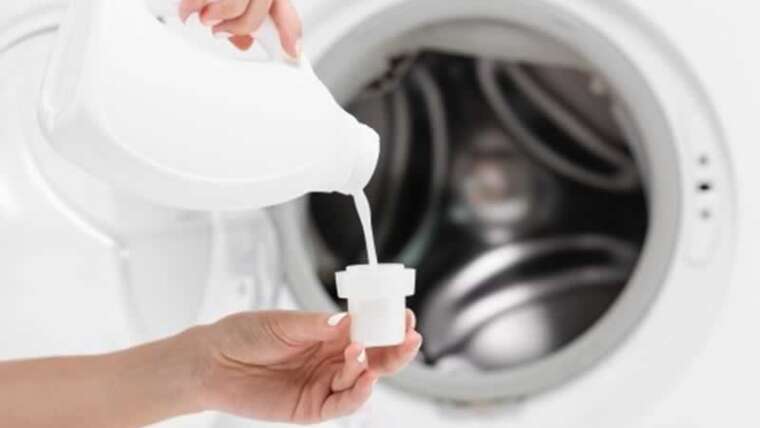Some people install an aquarium in their homes because they find it beneficial in relieving stress or calming them down. This is why they strive to keep an aquarium in top condition, even when maintaining an aquarium is quite difficult and arduous.
This article looks at how to effectively deal with a leaky aquarium.
research
One of the most important things to do about dealing with a leaky aquarium is to put extra effort looking for the things that you need to prepare to repair. Fortunately, there are now several sources online that can help you find the aquarium information you need to help you deal with leaks. Some may require you to drain your tank, but some sources will help you repair aquarium connections even without draining them. Just follow the appropriate steps to make sure you can successfully repair the leaks.
Prepare the surface
Before you can seal the leak in your aquarium, you must first prepare the surface. This means that you will need to drain some water from the aquarium that is low enough before you can reach the source of the leak. In this case, you can just use a cup or bucket. However, if the leak is at the bottom of your aquarium, you may need to drain your aquarium completely.
Once you are in the leaking area, you can use a razor blade scraper to remove the old sealant. In case you haven't completely drained your tank because the leak is high above the tank, make sure none of the old sealants fall into the water. After removing the old sealant, clean the area with a cloth dampened with a little acetone. This will remove any residue and other foreign matter in the area. From there you would then have to air dry the area that you cleaned completely.
Seal the leak
To seal the leak, you need to apply a non-toxic silicone sealant with a cartridge gun. In this case, you should contact a professional aquarium supplier to get a good idea of some of the most highly recommended products. Also, keep in mind that sealing aquarium leaks from the inside proves to be more effective than sealing from the outside. This is because the water pressure tends to make the seal tighter and push the silicone against the glass instead of pushing it away from it.
Make sure the sealant has enough time to dry. This is usually around 24 hours. You can even use a heat lamp to cure the sealant, but don't heat it above 110 degrees Fahrenheit. After the sealant has cured effectively, check your aquarium for additional leaks. In this case, refill your tank until the water reaches the part that you resealed. You may have to wait a few more hours to check for other leaks. To check for leaks, you can use a paper towel outside the sealed tank area. If it stays dry, you have successfully repaired the leak.

Also, monitor that your tank's water pressure re-opens the leak you have sealed. If you've completely drained the tank because the leak is at the bottom, you'll need to rebuild it after the sealant has fully cured. Just clean all the things that you need to put back in before.
Hard to find leaks
If you cannot immediately locate the leak in your tank, you need to be careful of the water in your aquarium. If there is indeed a leak, you are sure to notice a noticeable drop in level. In this case, you may need to look around your aquarium for signs of wetness. You can also check metal corners for signs that appear separate from the glass.
Maintaining an aquarium can prove to be quite a chore and challenging. Even so, the benefits you can get from it will make all of your efforts worthwhile. Rest assured that in the event you encounter a leaky aquarium, there are already workable ways you can effectively deal with it. Just follow the tips listed above and in no time your aquarium will be in top condition again to provide the best environment for your fish.




